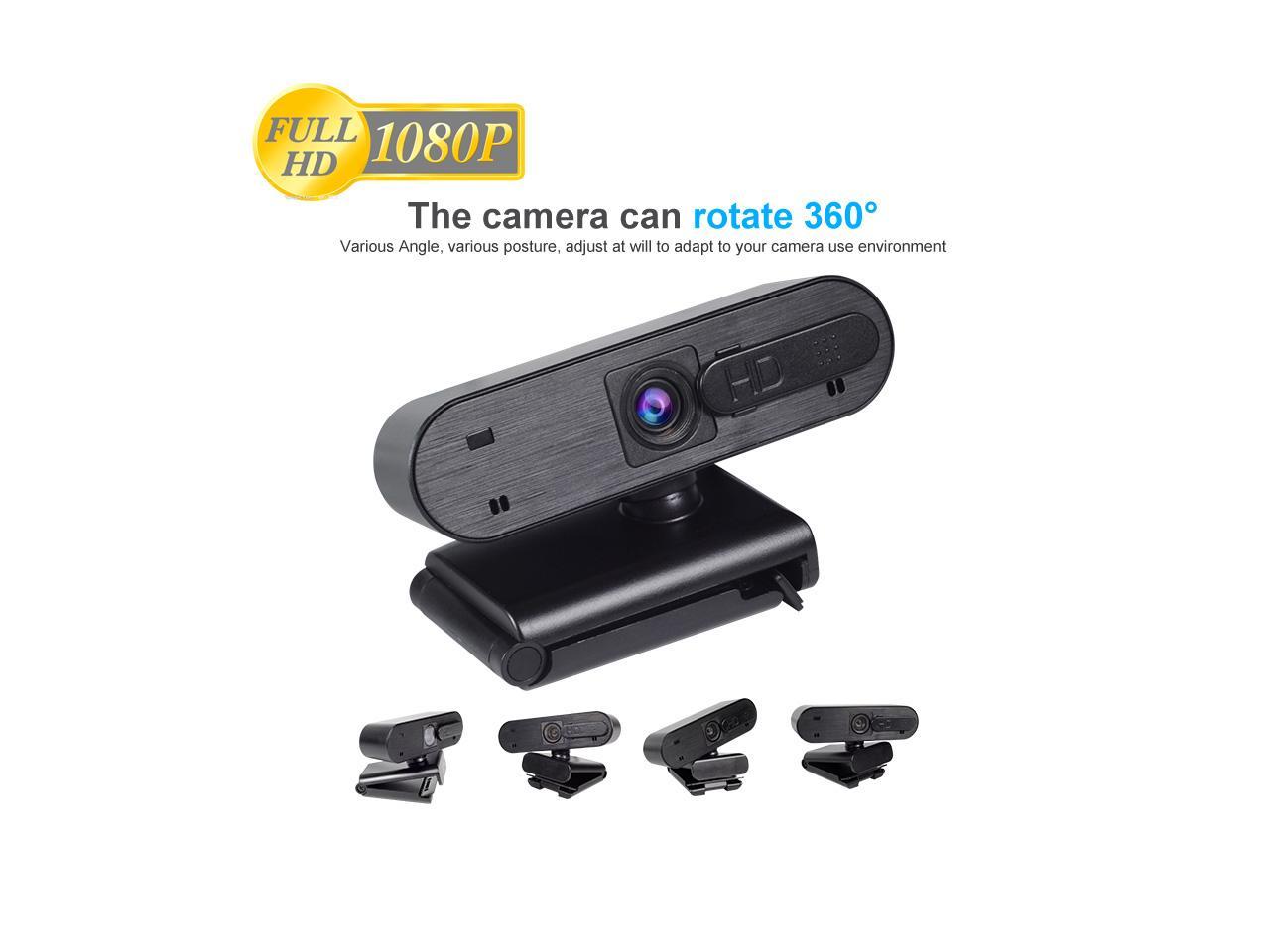
Locate and enter the DeadByDaylight folder. Windows will open up the AppData folder. In the run app text box, enter 'AppData' and click OK. Search for 'Run' in the windows search as shown below, or press the Windows + R button to open the Run App.
The completeness of this driving cycle is a crucial factor in the simulation, and as far as the legislative driving cycles are not accurate enough, it is indispensable to develop our own one representing our narrower area and driving conditions. To model the driver behavior, the simulation control algorithm requires a predetermined speed-time curve as an input. This work is part of a research project which focuses on dynamic modeling of vehicles aimed at analyzing and optimizing the emission and fuel consumption. One or more buses 806 are also included in the computing system 800.Due to the technological progress, new approaches such as model-based design are spreading in the development process in the automotive industry to meet the increased requirements related to lower fuel consumption and reduced emission.
In the General tab, select Set Launch Options. Right-click and open Properties. Open library and choose Ark. The representative Bus Driving Cycle for Debrecen is prepared to be applied in the vehicle dynamics simulation for evaluating and improving the fuel economy of vehicles, selecting the proper power source for various applications and the optimization of the powertrain and the energy consumption in researches to be continued.Tip 1 Set launch options. The comparison basis is the Speed-Acceleration Probability Distribution, which sufficiently reflects the dynamic behavior of the vehicle, and the root mean square error, including parameters such as the average speed, average cruising speed, average acceleration, average deceleration, root mean square acceleration, and idle time percentage. The new driving cycle has been developed applying the Markov-chain approach and compared to a driving cycle introduced in our recent paper using the micro-trip method.

Method 3 By Zamy: First, make sure you have directx11 installed.The input of the PID controllers is the speed of the vehicle, which is given by a predetermined time-speed curve. -run UE4PrereqSetupx64.exe. -go into Engine\Extras\Redist\en-us. Method 2 by Zamy: -open the game folder with right click on the game -> Manage -> browse local file. Response to its own header - letting it provide slave nodes with dynamic info.For me I just had to cap the fps, I chose 60 and it worked.

But the parameters used for micro-trip-based cycles are not directly related to emissions, while applications aiming at emission reduction of vehicles need emission sensitive driving characteristics, as it is emphasized in several publications, see e.g., Silvas or Delgado-Neira. Finally, the two approaches are being compared based on the root mean square error and the Speed-Acceleration Probability Distribution (SAPD), which precisely reflects the dynamic behavior of the vehicle.The different versions of the micro-trip-based approach have several advantages. Now a new driving cycle is presented developed with the Markov-chain approach using the same dataset.
The feature that the micro-trip approach does not make difference between various types of driving conditions could be considered as a limitation. They applied several variables related to emissions, matching with the modal distributions and SAPD, furthermore, a complex parameter for assessment was used to allow the driving mode to fit small accelerations while considering significant acceleration rates to be classified as acceleration modes, respectively.The micro-trip-based and Markov theory-based methods were compared and the limitations of both methods were presented in many papers. Got a more sophisticated approach modifying the Markov process. The Markov process theory was applied to depict how real driving occurs according to a transition probability matrix by Lin and Niemeier. The Markov process allows us to replicate the global driving characteristics while preserving small timescale speed fluctuations that contain the information related to driving variability. In practice it is a significant contribution to the estimation of emissions that this model can represent the modal events and driving changeableness, while modal operating conditions are not significantly distinguished by the micro-trip approach.
Significant differences were obtained related to frequencies, durations and intensities of modal events, though both cycles represent the global characteristics in connection with observed speed and acceleration in the driving dataset. Lin and Niemeier compared two frequently referred cycles, namely the LA01 cycle (based on the Markov process theory) and the Unified Cycle (based on micro-trips). Consequently, micro-trip-based methods have been applied primarily in situations where the goal is to develop a driving cycle for a single type of trip or for region-wide driving conditions. Traffic signals and congestion generate most of the stop-go driving patterns and lead to higher fuel consumption, since more fuel is consumed by vehicles during stop-go conditions.



 0 kommentar(er)
0 kommentar(er)
